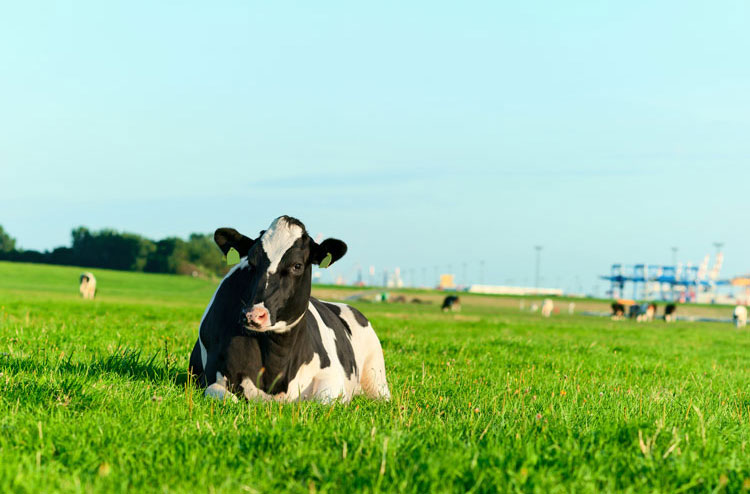
There’s a developing story on the livestock front . . . from 2015 to 2017, antibiotic sales for livestock dropped by 29 percent. Here’s the entire story. From 2009 to 2015, U.S. sales of antibiotics for food-producing animals rose from 12.6 million kilograms (kg) to 15.6 million kg. However, in the most recently reported statistics by USDA’s Economic Research Service, that trend has been completely reversed.
In 2016, 14 million kg of antibiotics were marketed, and by 2017, that number had dropped below 2009 levels to 11 million kg. Antibiotics deemed medically important for humans saw an even greater drop in this time period. The 15.6 to 11 million kg drop is a 29 percent reduction. The figure below further details these changes.

The researchers associated the dramatic change in antibiotic sales with pressures from several directions within and beyond the livestock sector.
“U.S. consumer demand for products raised without any antibiotics has risen, particularly for poultry. In 2017, approximately 44 percent of U.S. broilers were raised without antibiotics, up from 2.7 percent in 2012,” the report explained.
Those in dairy will remember that 2017 also marked the introduction of the Veterinary Feed Directive in the U.S. that permits specific antibiotic use in animal feeds only under veterinary supervision. That aligned on the antibiotic sales timeline with the restriction of growth-promoting antibiotics.
These figures neatly indicate the regulation and commitment of animal agriculture to reducing antibiotic use and the slowing of antibiotic resistance.
Fewer drugs approved
Simultaneously to these movements, USDA’s Economic Research Service (ERS) reported fewer approvals of new animal drugs. Of special importance to those of us that raise food-producing animals, new drug approvals have also changed in type.
“Companion-animal products constitute an increasing share of new animal drug approvals in the United States. Because most drugs are not approved for both food and companion-animal use, this finding suggests the increasing share of animal pharmaceutical research and development devoted to companion-animal pharmaceuticals comes at the expense of food-animal pharmaceuticals,” the report elaborated.
Although the Economic Research Service only released numbers from 2016 and 2017, it’s expected that 2018 and 2019 will continue the trend of reduced antibiotic use in livestock. As encouraging as this news is, farmers will be tasked to continue to improve cow comfort, animal care, and immune health. All likelihood is the farmer of the future will have fewer tools at their discretion to treat sick animals.








